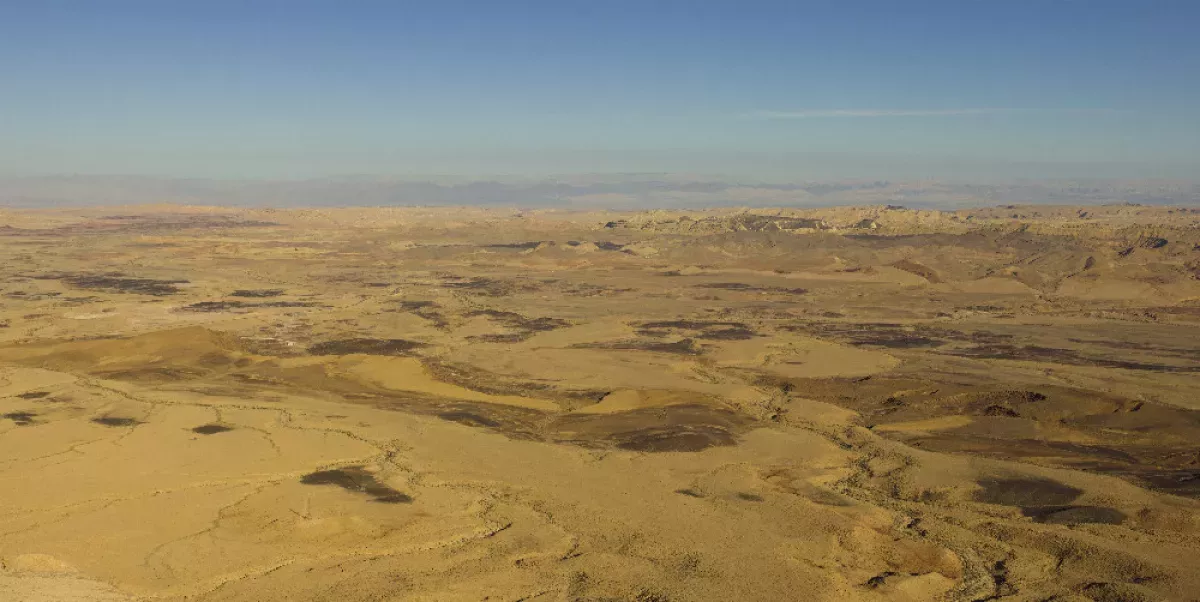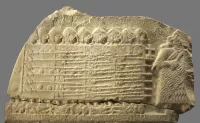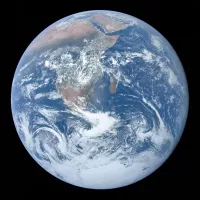A desert is a landscape characterized by minimal precipitation, leading to distinct biomes and ecosystems. Sparse vegetation leaves the ground exposed to erosion. Arid and semi-arid regions constitute roughly one-third of Earth's land surface, encompassing polar areas known as "cold deserts." Deserts are categorized by precipitation levels, temperature, desertification causes, or geographic location.
1933: Publication of "Desert Places"
In 1933, Robert Frost published his poem "Desert Places", expressing bleak thoughts of emptiness. It reflects on the desolation and isolation found not only in physical deserts but also within oneself.
1942: Allied Victory at El Alamein
In 1942, the Allies decisively defeated the Axis forces at El Alamein, Egypt, marking a pivotal moment in the Western Desert Campaign during the Second World War. This victory represented the most easterly point reached in the campaign.
1961: Meigs' Desert Classification
In 1961, Peveril Meigs introduced a classification system that divides desert regions based on precipitation levels. This system categorizes lands as extremely arid (at least 12 consecutive months without precipitation), arid (less than 250 mm of annual precipitation), and semiarid (250-500 mm of annual precipitation).
1971: End of Rainfall Absence in Atacama
Around 1971, the Atacama Desert experienced the end of a prolonged period of virtually no significant rainfall, which had lasted since 1570. This absence contributed to the desert's extreme aridity and unique landscape.
1976: Publication of "In the Deserts of this Earth"
In 1976, Uwe George published "In the Deserts of this Earth," a book documenting his experiences and research from several years of living in deserts. The book provides insights into desert environments and ecosystems.
2001: Dust Storm in China
In 2001, a significant dust storm occurred in China, involving an estimated 6.5 million tons of dust and covering an area of 134,000,000 square kilometers. The mean particle size was measured to be 1.44 μm, highlighting the scale and composition of such events.
Trending
3 months ago Olivia Dean's "The Art of Loving" Album: Review and Success, Captivating Audiences
1 month ago Strategy's Dollar Reserve for Bitcoin Fails Amidst Sales Concern and Market Slump
3 months ago IREN Stock Surges on AI Cloud Deals and Bitcoin Mining Integration.

9 months ago Chris Jericho entertains a potential WWE return while under contract with AEW.
Rick Jhonatan Lima Morais known as Rick is a Brazilian professional footballer He currently plays as a forward for Talleres...

5 months ago Tsitsipas reunites with father as coach, reflects on tennis, and Ivanisevic split.
Popular

Stranger Things created by the Duffer Brothers is a popular...

XXXTentacion born Jahseh Dwayne Ricardo Onfroy was a controversial yet...

Candace Owens is an American conservative political commentator and author...
Turning Point USA TPUSA is an American nonprofit organization founded...

Bernie Sanders is a prominent American politician currently serving as...

Melania Trump a Slovenian-American former model has served as First...



